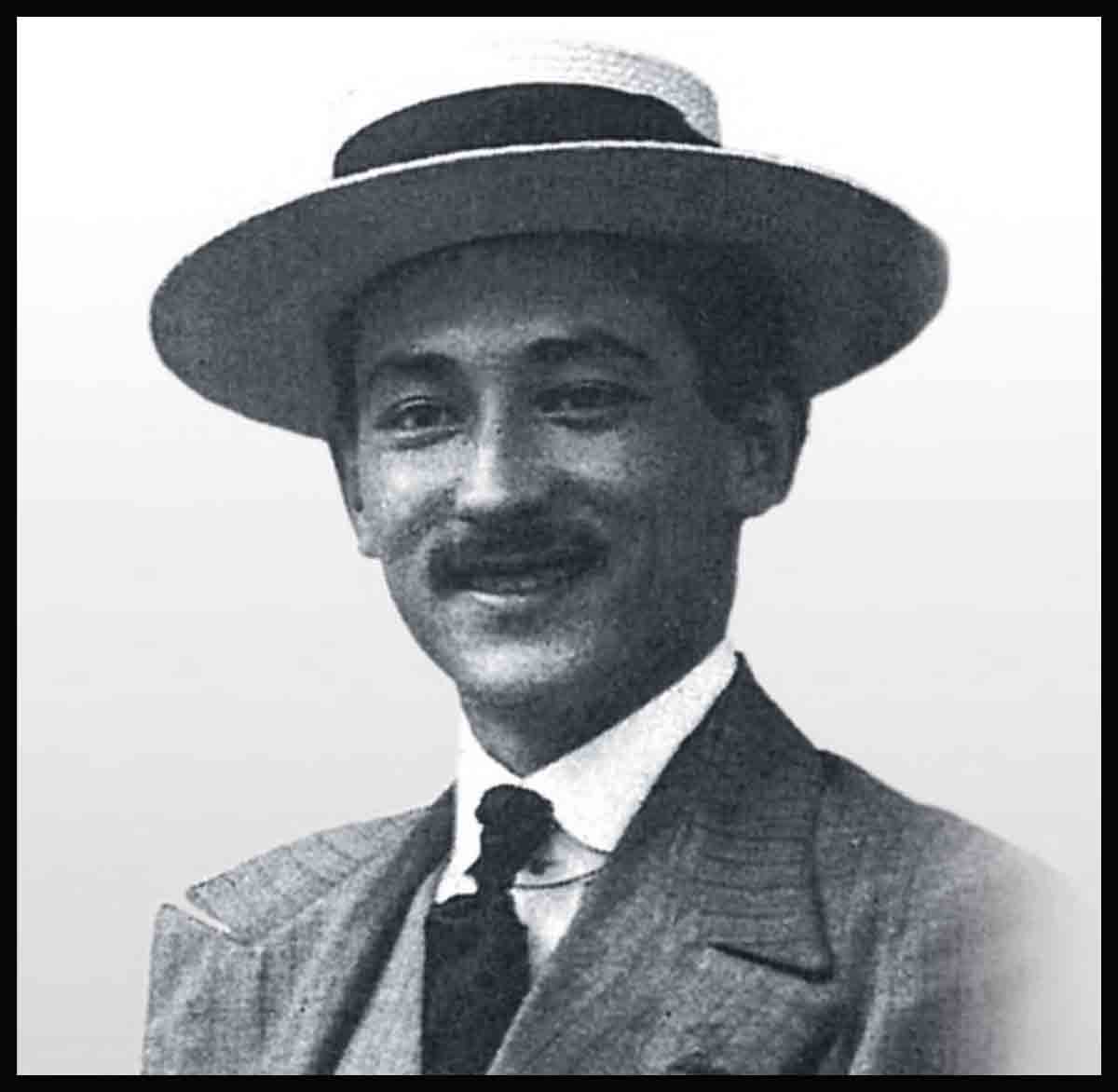
Great Designers—Zagato
Over three generations, the Zagato family has forged a coach-building dynasty with a century-long history. A Zagato design is utterly unmistakable, characterized by extremes of shape, construction, and performance. Today the Milanese company’s work—especially with prestige marques such as Alfa Romeo, Maserati, Ferrari, Aston Martin, Bristol, and Lancia—still sits in the very top flight.
“You see that car? Is it different from all the others? Then it’s a Zagato.”
ELIO ZAGATO
UGO ZAGATO WAS ONE of the first designers to apply aeronautical science to motor cars when, in 1919, he left the aircraft company he was working for to set up his own coachbuilding firm. Ugo proved a design pioneer, his cars scoring a string of racetrack victories for Alfa Romeo and, later in the 1920s, Scuderia Ferrari. His strength was his application of airplane construction techniques to sports cars, creating smooth, aerodynamic, low-weight bodies, wind-cheating wheel covers, tilting grilles, and convex boot lids. One such design was the Panoramico body, which utilized plexiglass to maximize visibility and minimize weight.
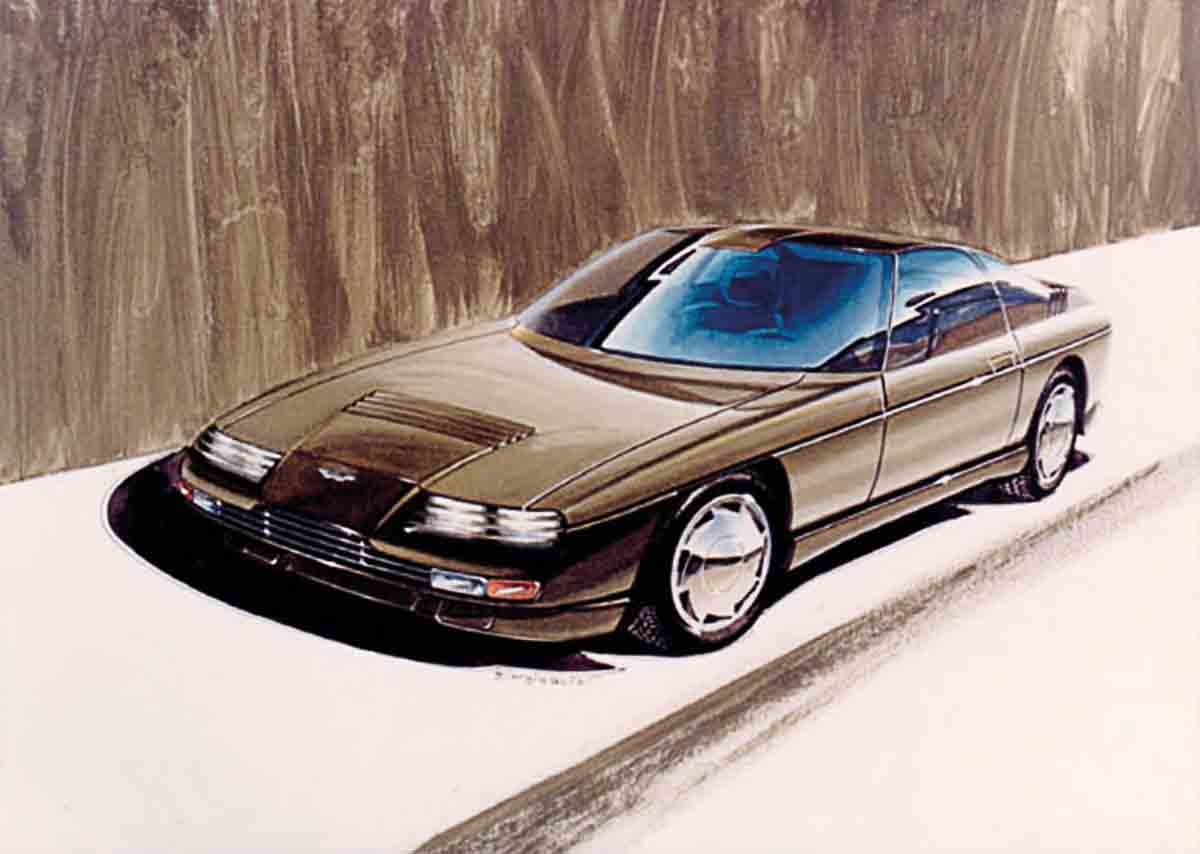
In 1985, this tantalizing drawing was enough to make all 50 examples of this limited edition Aston Martin sell out in mere days. The revenue helped both Aston and Zagato to survive and helped establish Zagato’s limited-edition business model.
It was Ugo’s son, Elio, who truly brought the Zagato name to prominence. Having graduated from university in 1947, he immediately joined the family business as a racing driver. He built his own Gran Turismo cars and drove them to victory against the likes of Juan-Manuel Fangio and Tazio Nuvolari. Elio won 83 of the 160 races he entered and was GT series champion five times.
Zagato designed many standout cars in its glorious 1950s “GT” period, but its most distinctive innovation at this time was the “double-bubble” roof, developed jointly by Ugo and Elio, and applied to the Abarth 750 GT. This curved roof, which arched over the individual occupant’s head, had a clear structural benefit: it boosted torsional rigidity. The design went on to grace dozens of Zagato’s cars Zagato produced a string of aerodynamic and elegantly lightweight coupes throughout the 1960s. Perhaps the most special of these was the Alfa Romeo Giulietta SZ. Built on the Alfa Sprint Speciale chassis and designed for competition use, it was 2651b (120kg) lighter than the base car and it debuted another Zagato hallmark—the “coda tronca” (cut-off tail)—which offered proven aerodynamic benefits. The TZ version that followed in 1962 was even more highly regarded.
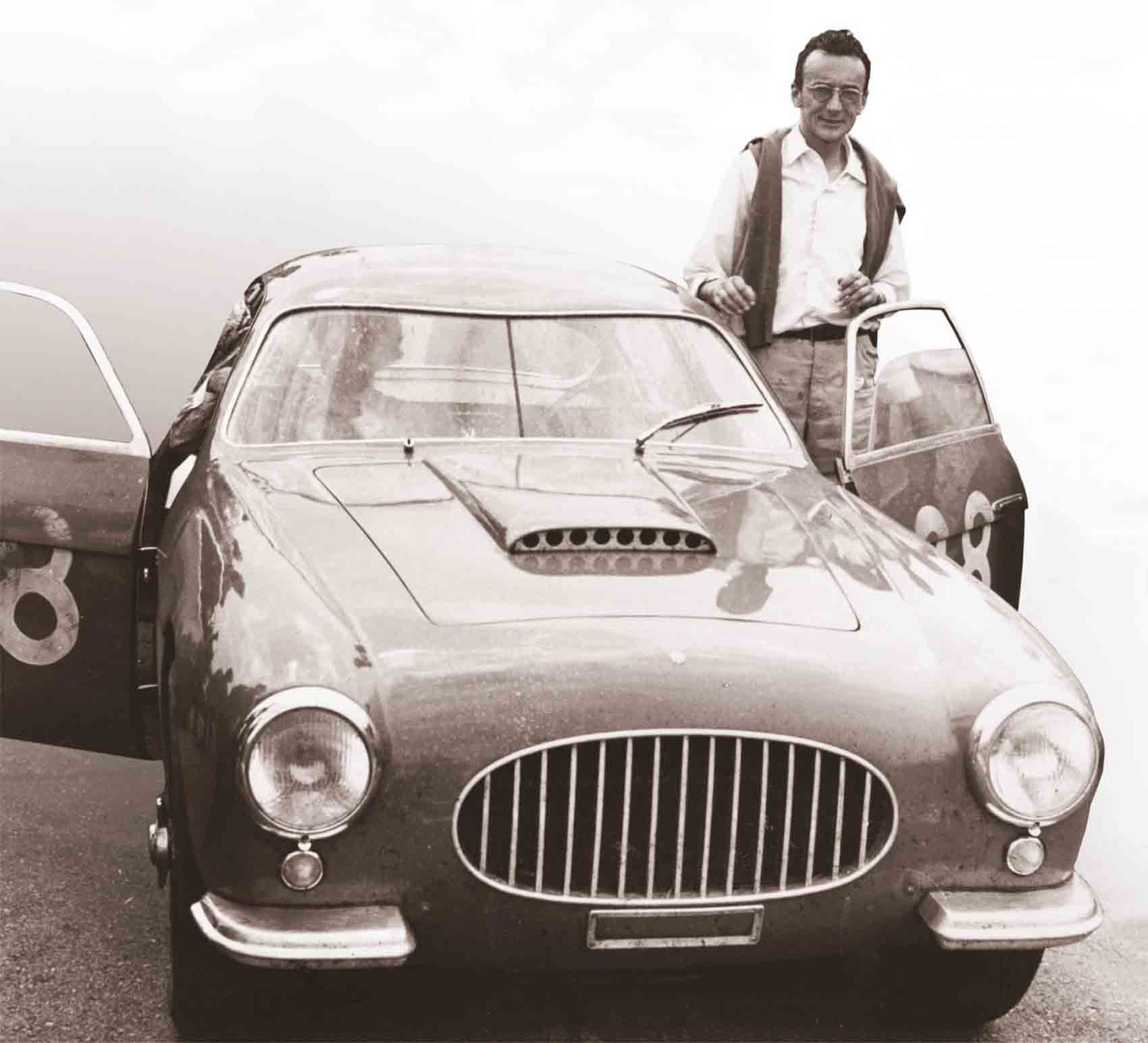
Ugo Zagato’s son Elio followed his father into the family business. Thanks to his experience as a racing driver, he had an almost intuitive feeling for what made a great GT car.
UNMISTAKABLE SHAPES
The commercial and competition successes of the SZ and TZ, as well as Zagato-designed versions of the Lancia Appia and Flaminia, encouraged Elio to construct a new factory in 1962 in Rho, next to the Alfa Romeo factory northwest of Milan. Hiring Ercole Spada as a designer at the same time was another inspired decision. Highly talented and utterly original, Spada designed a series of instantly recognisable, distinctive shapes. None of his creations were more striking than the outlandish 1963 Lancia Flavia Sport. This was followed by his Lancia Fulvia Sport in 1965 and the 1969 Alfa Romeo GT Junior Zagato In the 1970s and ’80s the market for coach-built cars began to diminish, but, under the guidance of the company’s new CEO, Elio’s son Andrea, Zagato weathered the storm and expanded. In 1984 the marque won the contract not only to design but also to build the Maserati Biturbo Spyder. This then led to a similar arrangement with Aston Martin for the V8 Vantage Zagato in 1986. Other limited-edition sports cars followed, such as the Alfa Romeo SZ, Lancia Hyena, and Nissan Autech Stelvio.
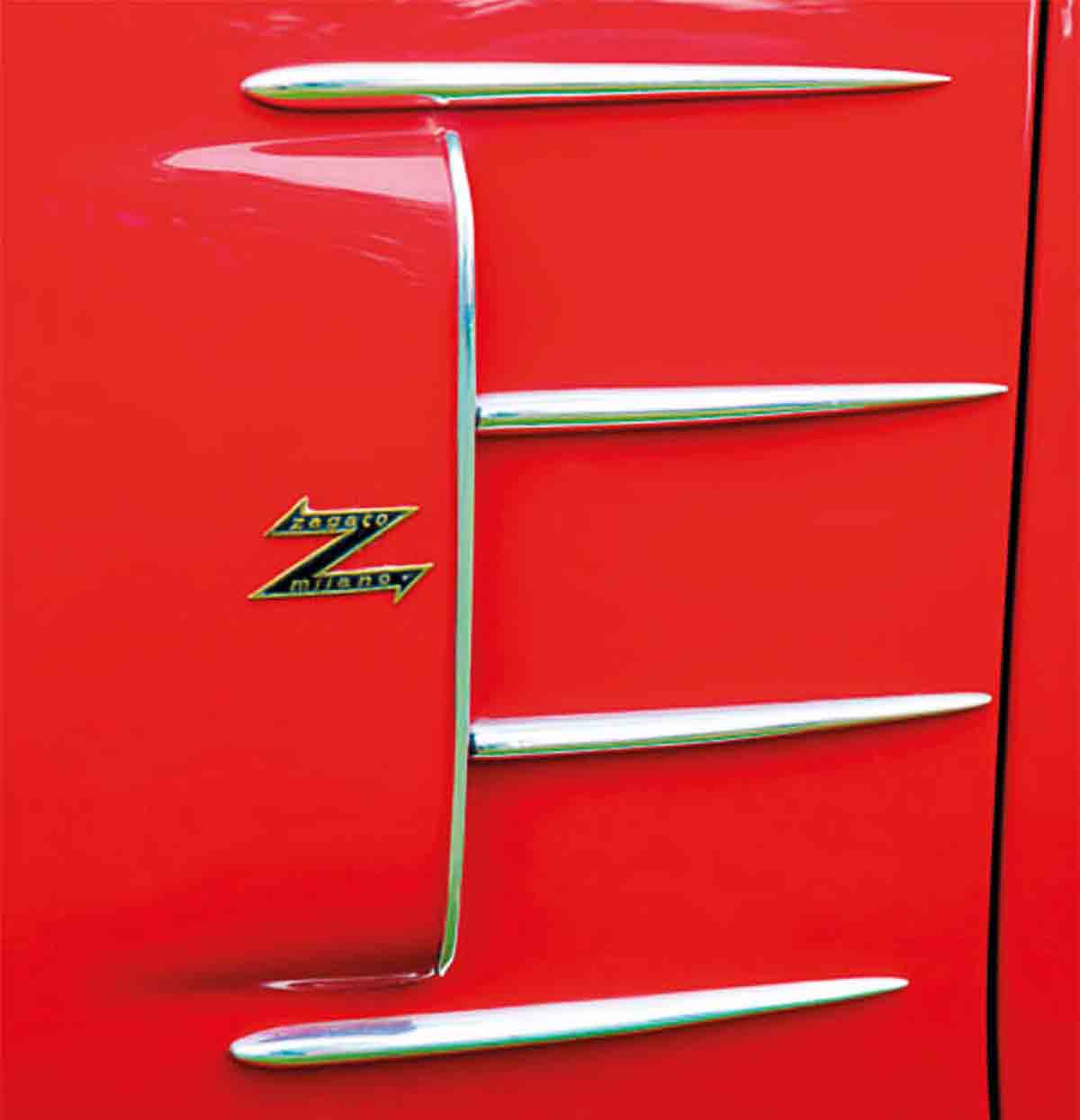
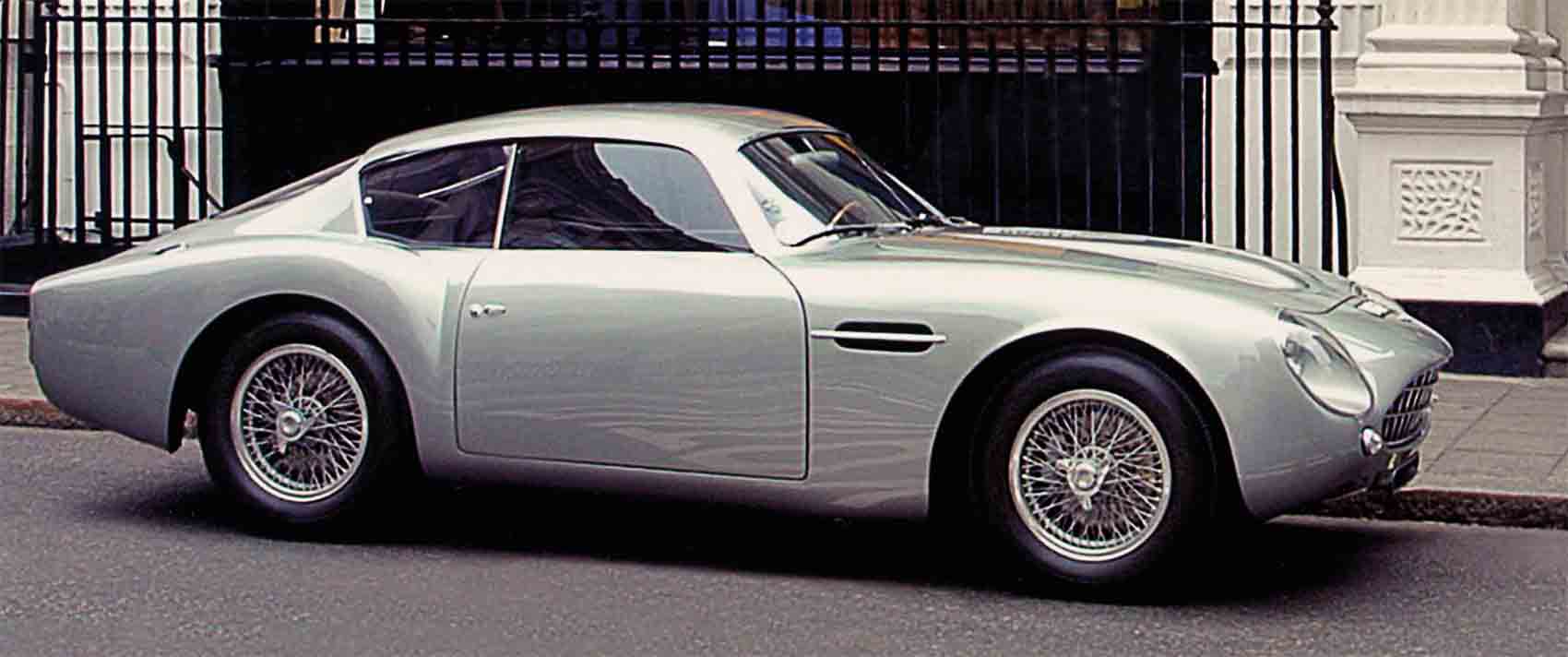
EXCLUSIVE DESIGNS
In the 1990s Andrea reorganized Zagato into both a coach-building studio and a design centre, specializing in tailor-made cars, limited-edition series, and engineering prototypes. By Elio’s death in 2009, Zagato’s reputation as an exclusive design house making one-off and limited-series cars was unmatched.
In recent years, the company has continued to produce collaborations with high-end marques such as Ferrari (575 GTZ), Aston Martin (DB7 Zagato), Maserati (GS Zagato), Bentley (Zagato GTZ), Alfa Romeo (TZ3,) and BMW (Zagato Coupe). However, Zagato also keeps one eye firmly on its heritage. The company lovingly creates official reconstructions of older Zagato vehicles that deserve to be remembered.
Career Highlights
> 1929 The Alfa Romeo 6C 1750 is transformed into a mercurial and race-winning roadster by Ugo Zagato
> 1957 Zagato’s ingenious signature “double-bubble” roof first appears
> 1962 A new factory opens in the shadow of the Alfa Romeo plant in Milan
> 1962 Zagato’s new design guru, Ercole Spada, creates the utterly individual—and controversial—Lancia Flavia Sport
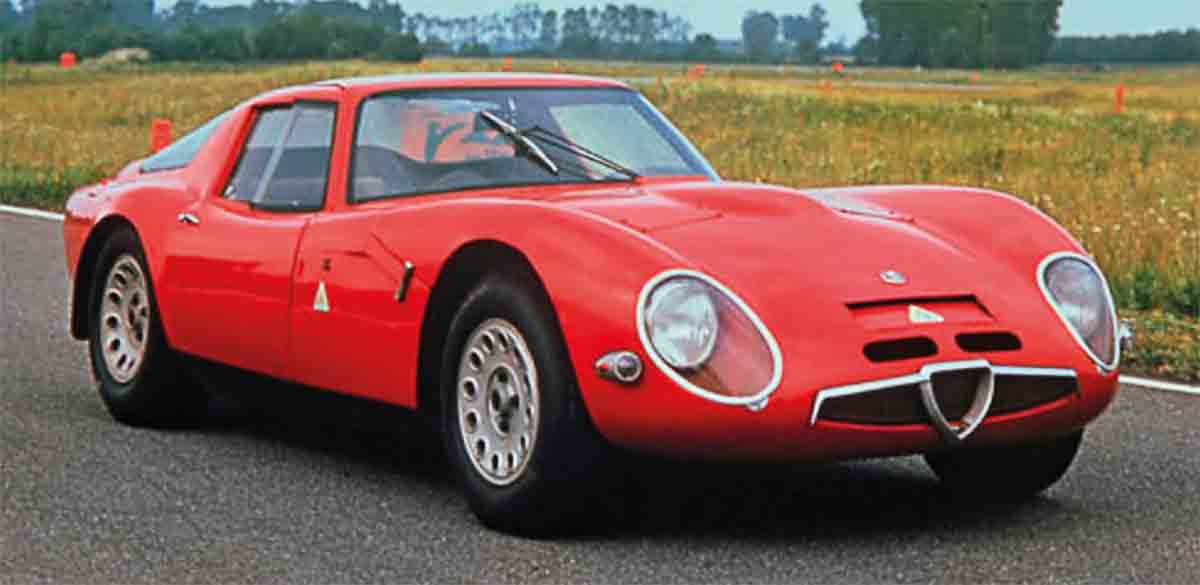
Zagato collaborated with the Italian team Autodelta to refine the Alfa Romeo TZ into this model, which was only used for racing competition. It had a purpose-built spaceframe chassis and a lightweight fiber glass body.
> 1974 With the release of the Zele, Zagato becomes a pioneer of electric cars
> 1989 The Zagato factory gets into full swing making the Alfa Romeo SZ
> 1996 Zagato’s Lamborghini Diablo-based Raptor concept car is almost put into production as a new Lamborghini but is ultimately rejected
> 2000 Zagato enters its “neoclassical” era, rejecting mass-produced cars in favor of more “emotional” one-offs
> 2013 Zagato designs a series of iconic cars for Aston Martin’s centenary year
It is a quote. The Classic Car Book – The Definitive Visual History 2016




